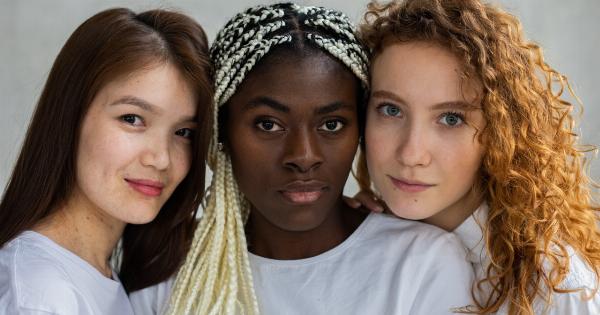As observers of the world, we may have noticed that most parents instinctively hold their babies on the left side. This phenomenon has piqued the interest of researchers who have sought to understand the underlying reasons behind this behavior.
Various studies have explored potential factors contributing to this inclination, including brain lateralization, sensory stimulation, and cultural influences. In this article, we will delve into these theories and shed light on the possible explanations for why most parents gravitate towards holding their babies on the left side.
The Role of Brain Lateralization
One of the prominent theories explaining this phenomenon relates to brain lateralization. The human brain is divided into two hemispheres, the left and the right, each responsible for different functions.
Research suggests that the left hemisphere of the brain controls the right side of the body, while the right hemisphere controls the left side.
It is believed that when a parent holds their baby on the left side, the baby’s face is positioned towards their right hemisphere, facilitating better emotional processing.
This theory is supported by evidence showing that the right hemisphere of the brain is involved in emotion recognition and regulation.
Sensory Stimulation and Bonding
Another explanation for the preference of left-side holding is related to sensory stimulation and bonding.
The right hemisphere of the brain, responsible for processing emotions, is also more receptive to sensory information from the left side of the body. When a parent holds their baby on the left side, they enable the baby to have a higher level of sensory input, which aids in their overall development.
Furthermore, holding a baby on the left side may facilitate bonding between the parent and child. When a baby is positioned on the left side, they are closer to the parent’s heart, allowing them to hear the parent’s heartbeat.
The rhythmic sound may have a soothing effect on the baby, creating a sense of security and reinforcing the bond between parent and child.
Cultural and Evolutionary Influences
Cultural and evolutionary factors also play a role in the preference for left-side holding. In many cultures, including Western societies, people predominantly read and write from left to right.
As a result, individuals have a tendency to place items of importance on their left side, considering it to be the “strong side.” This cultural norm may translate into the way parents hold their babies, subconsciously perceiving it as the safer and more protective stance.
Besides cultural influences, evolutionary factors may also contribute to the preference for left-side holding.
The heart is located more towards the left side of the chest, and by holding the baby on the left side, parents ensure that their baby is positioned closer to their heart. This proximity may have evolutionary advantages, as it could offer the baby protection and a sense of security, ultimately enhancing their chances of survival.
Other Considerations
While the left-side preference is commonly observed, it is important to note that not all parents hold their babies exclusively on the left side. Many individuals may adopt a more balanced approach, alternating between the left and right sides.
Additionally, individual preferences and circumstances may also influence the way parents hold their babies. Factors such as handedness, physical comfort, and prior experiences can all impact the choice of holding side.
The Implications of Left-Side Holding
The preference for left-side holding holds implications beyond the immediate connection between parent and child.
Research suggests that this practice may impact the overall development of the baby, particularly in terms of cognitive and emotional development. By holding the baby on the left side, parents may enhance their visual and auditory processing skills, and promote stronger emotional bonds.
Furthermore, understanding the reasons behind left-side holding can prove beneficial in various contexts.
Healthcare professionals can incorporate this knowledge into their practices, guiding parents to make informed decisions about holding positions and promoting optimal development for their babies.
In Conclusion
Although the preference for holding babies on the left side is widespread, the reasons behind this inclination are multifaceted. Brain lateralization, sensory stimulation, cultural influences, and evolutionary factors all contribute to this phenomenon.
By choosing the left side, parents may optimize emotional processing, promote sensory stimulation, and strengthen the parent-child bond. Recognizing the implications of left-side holding can empower parents and professionals alike, fostering an environment that supports the healthy development of infants.






























